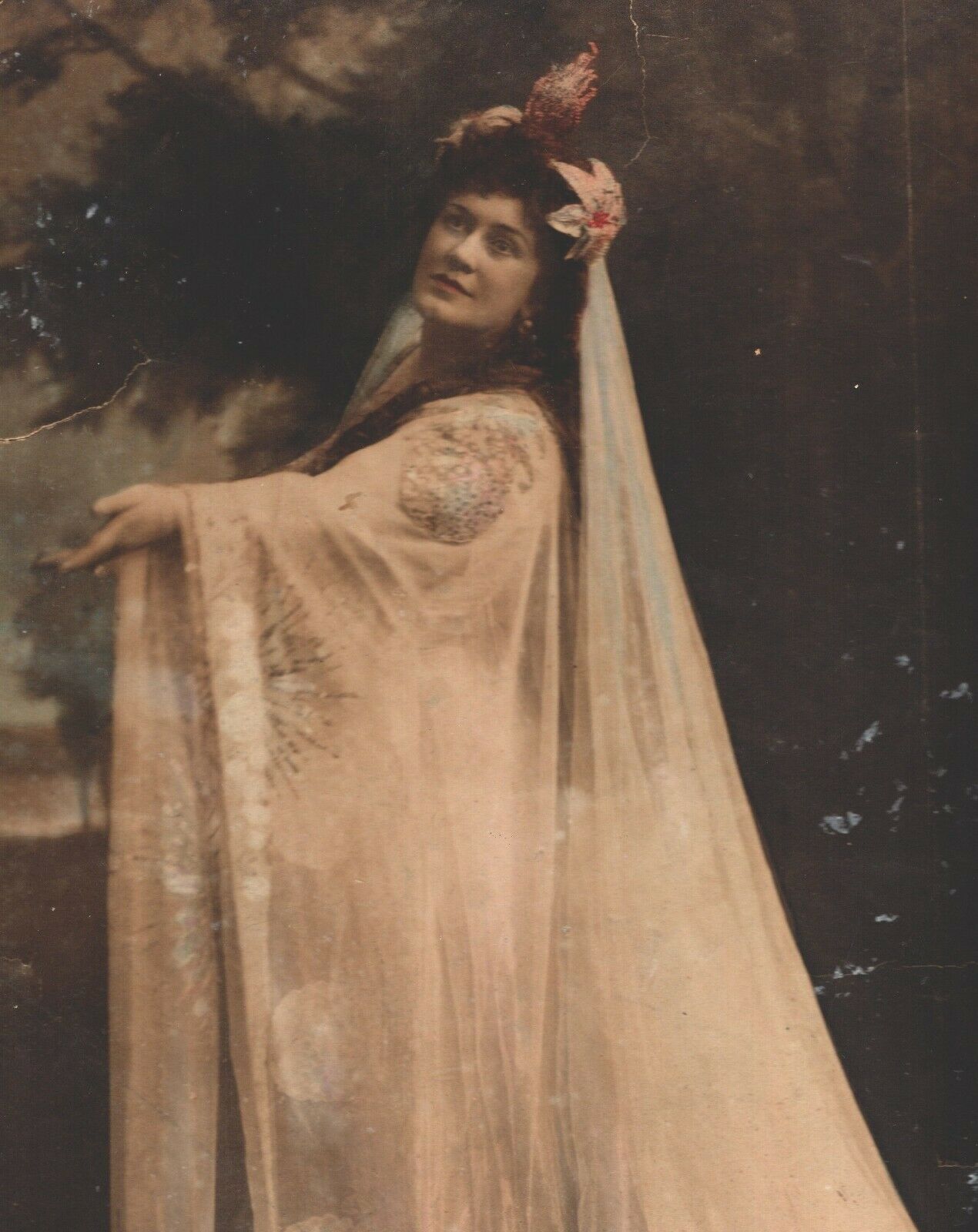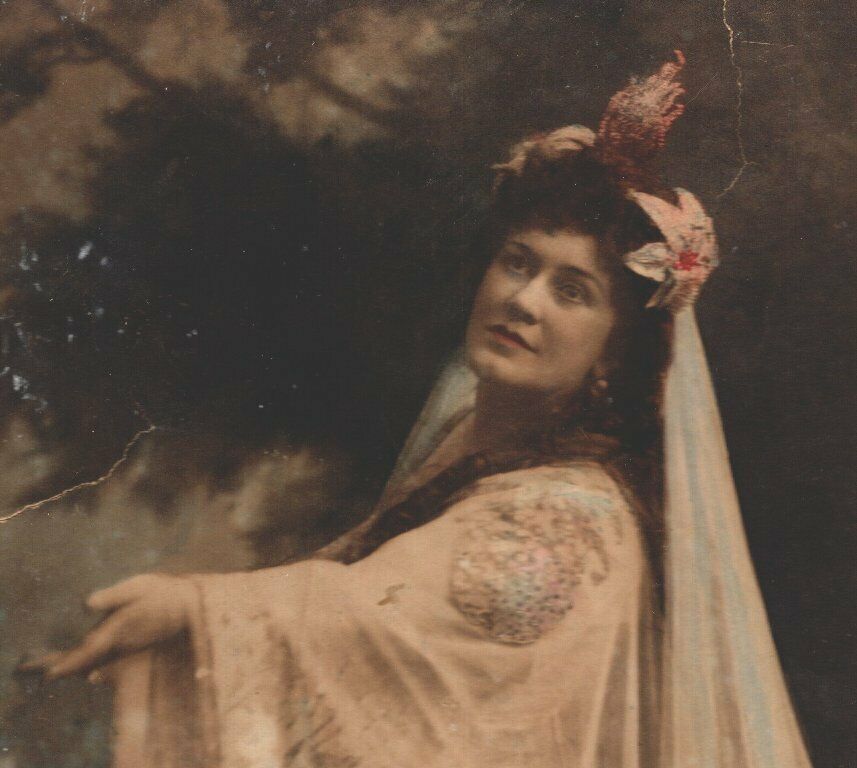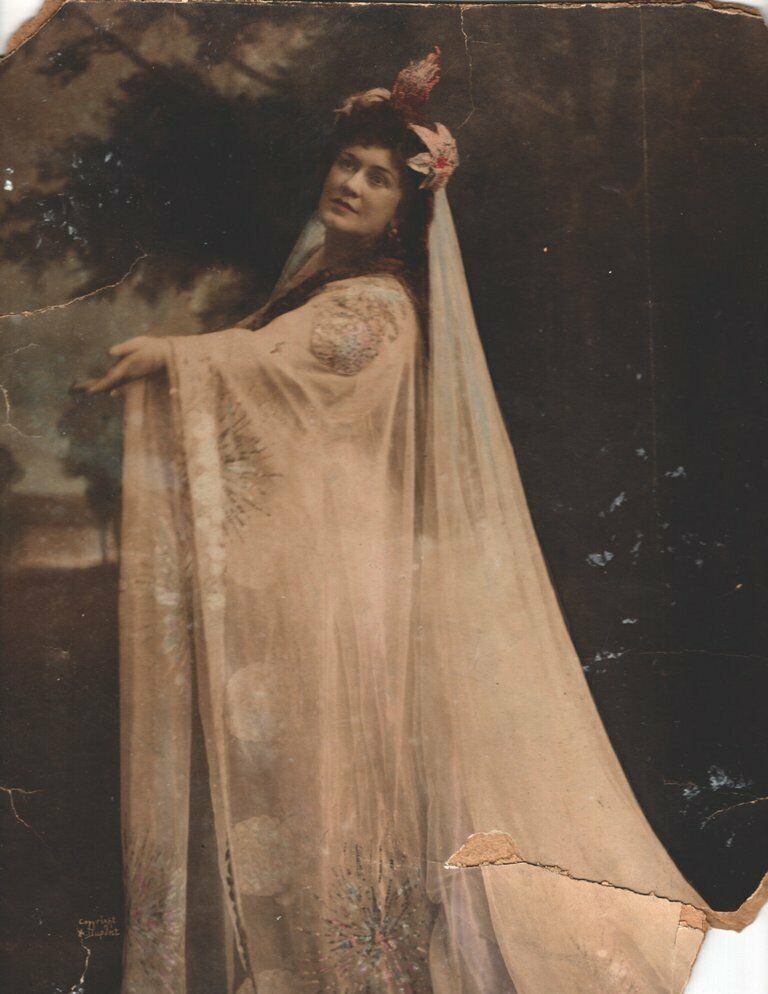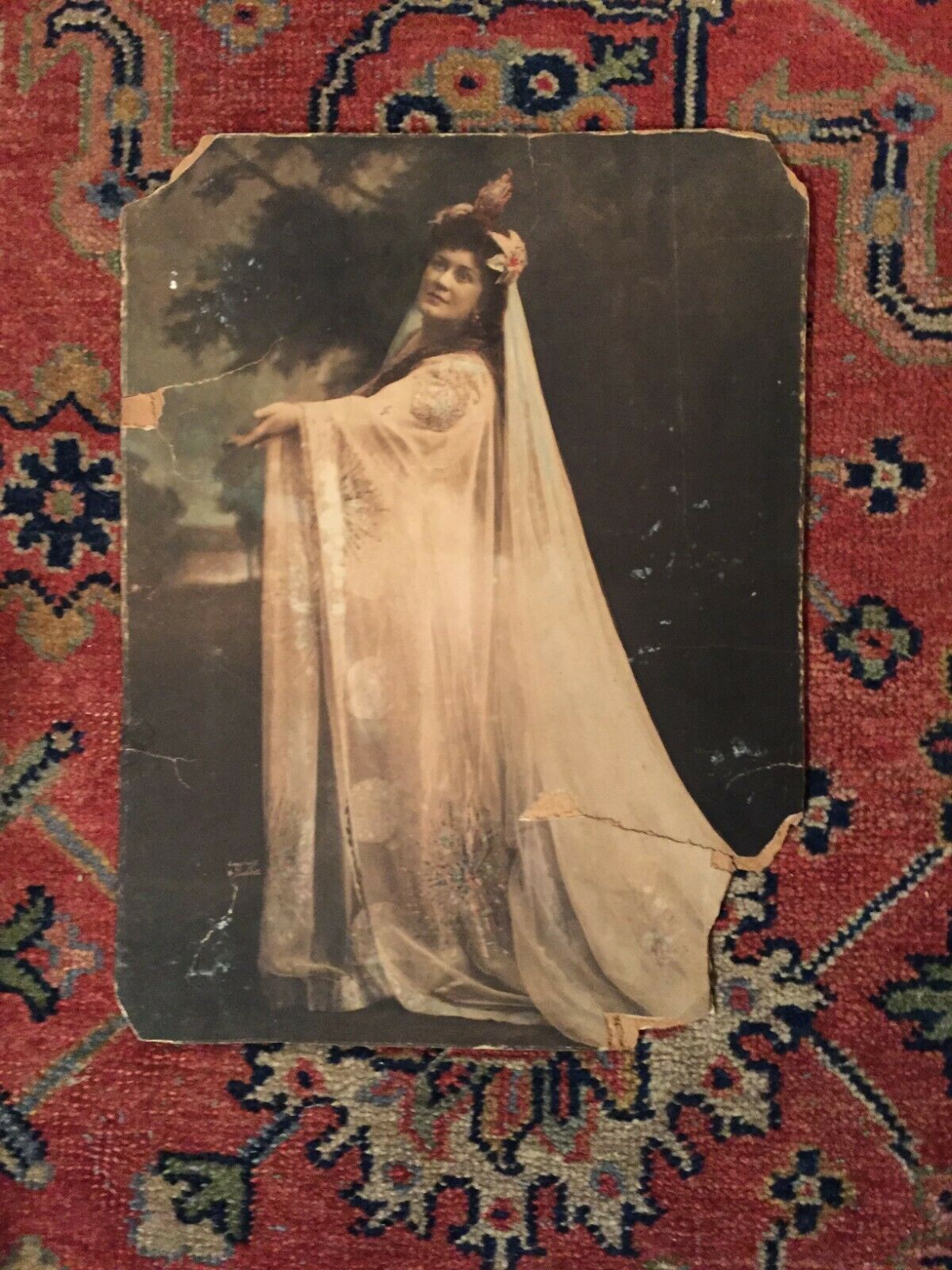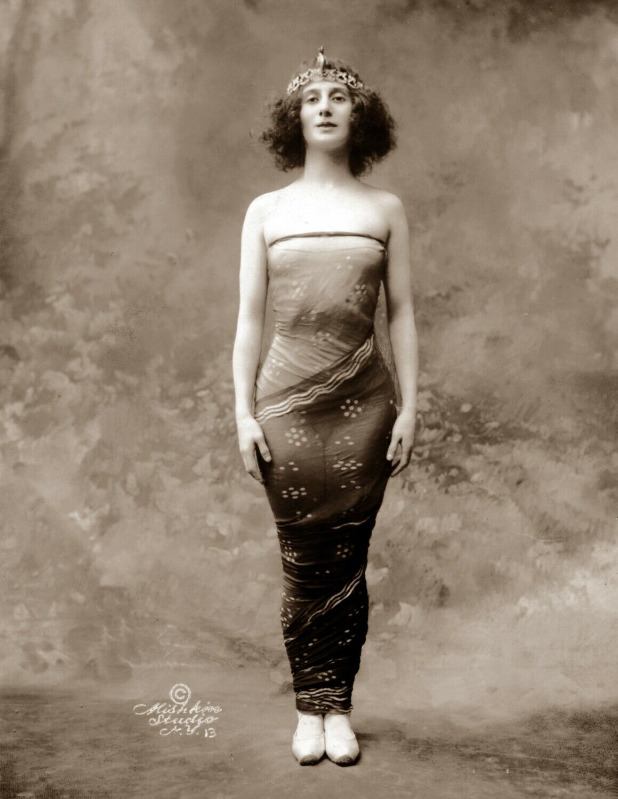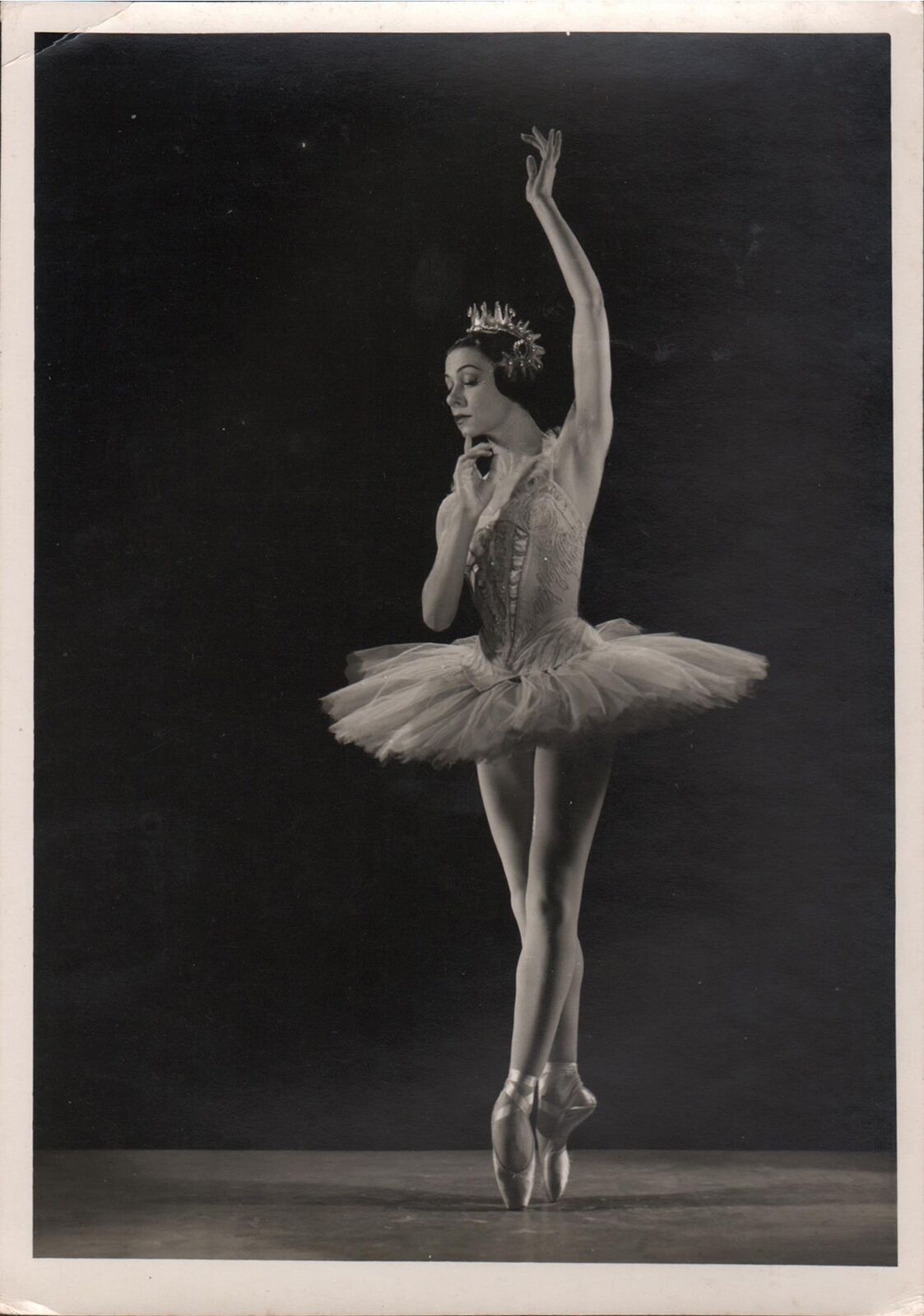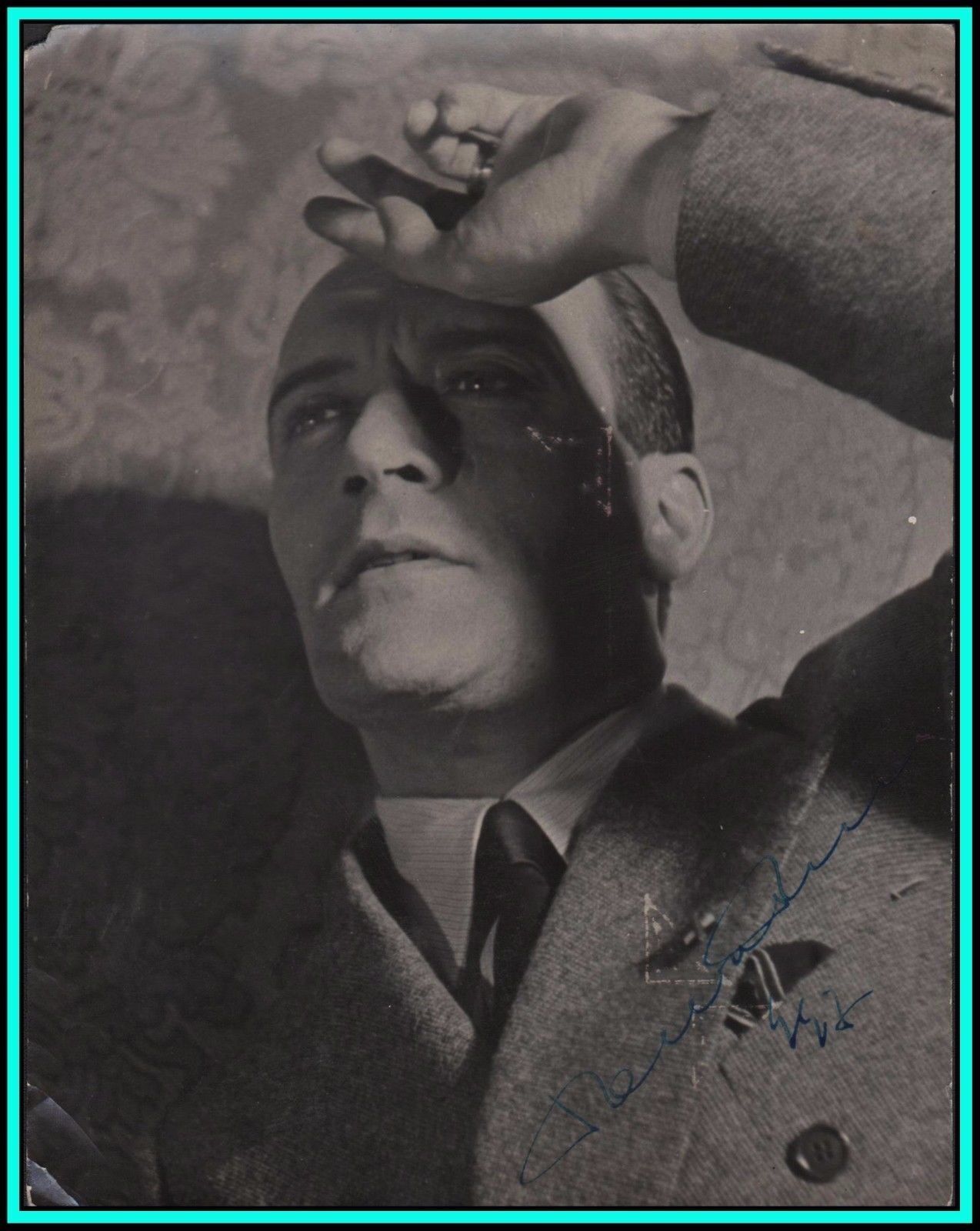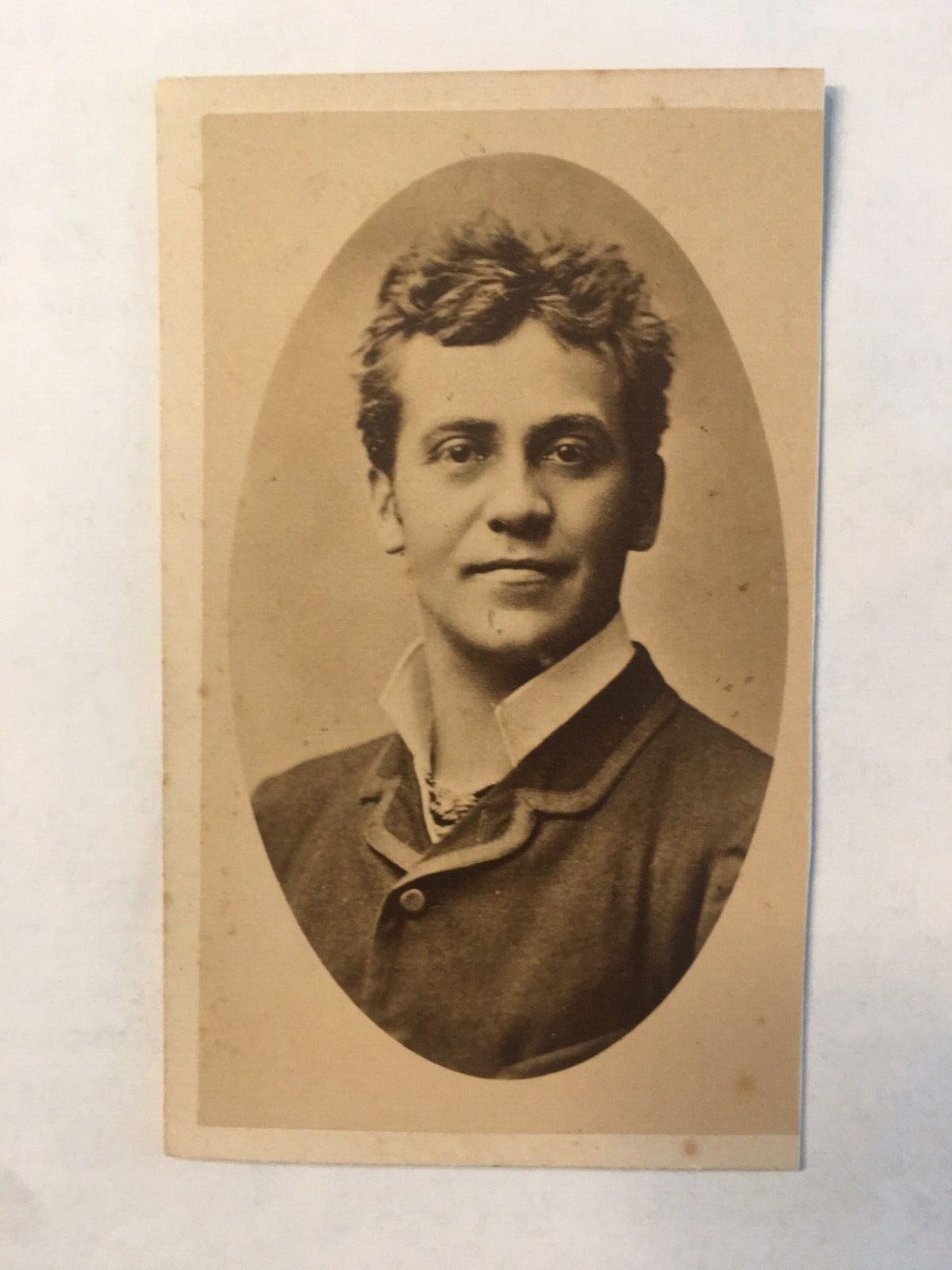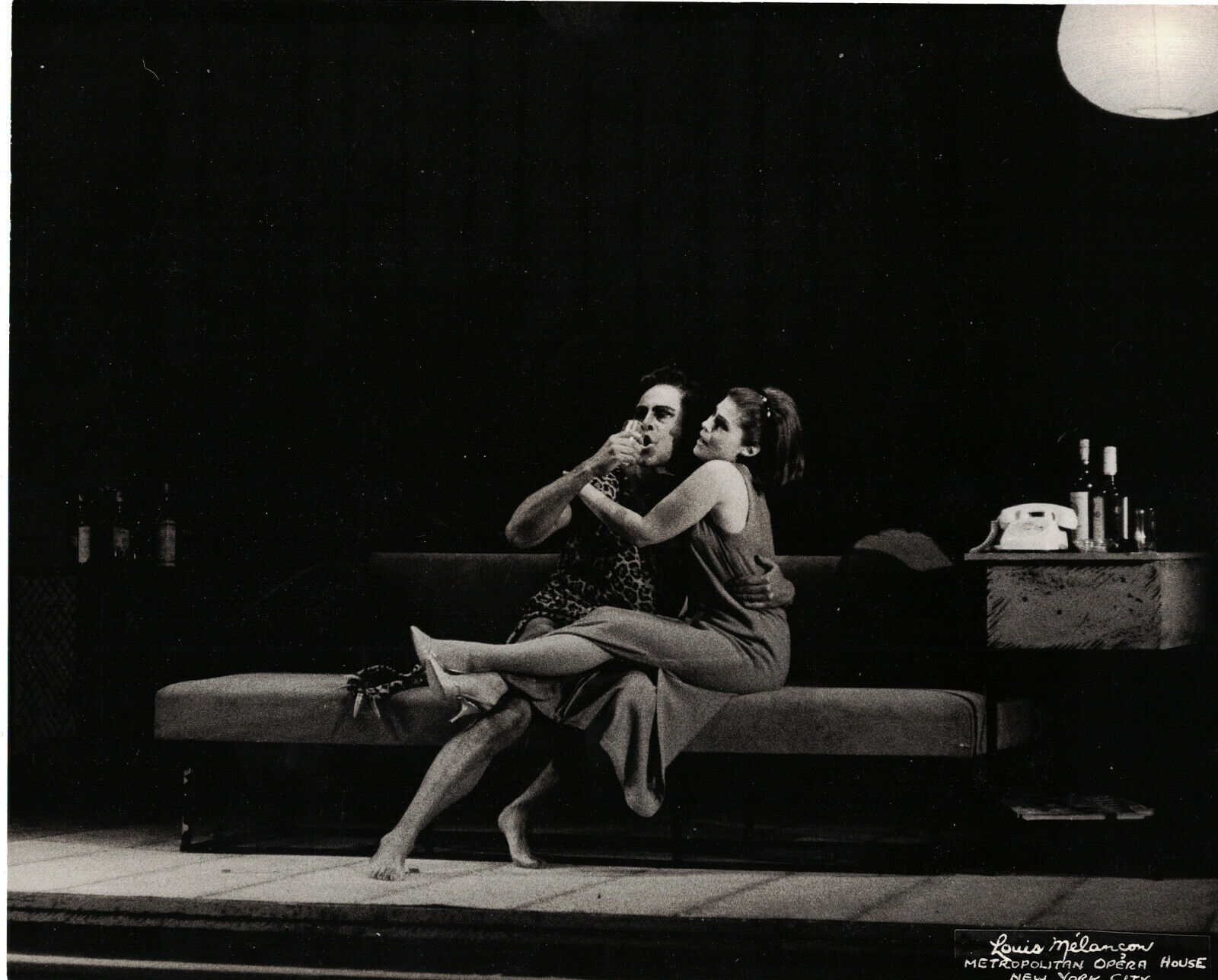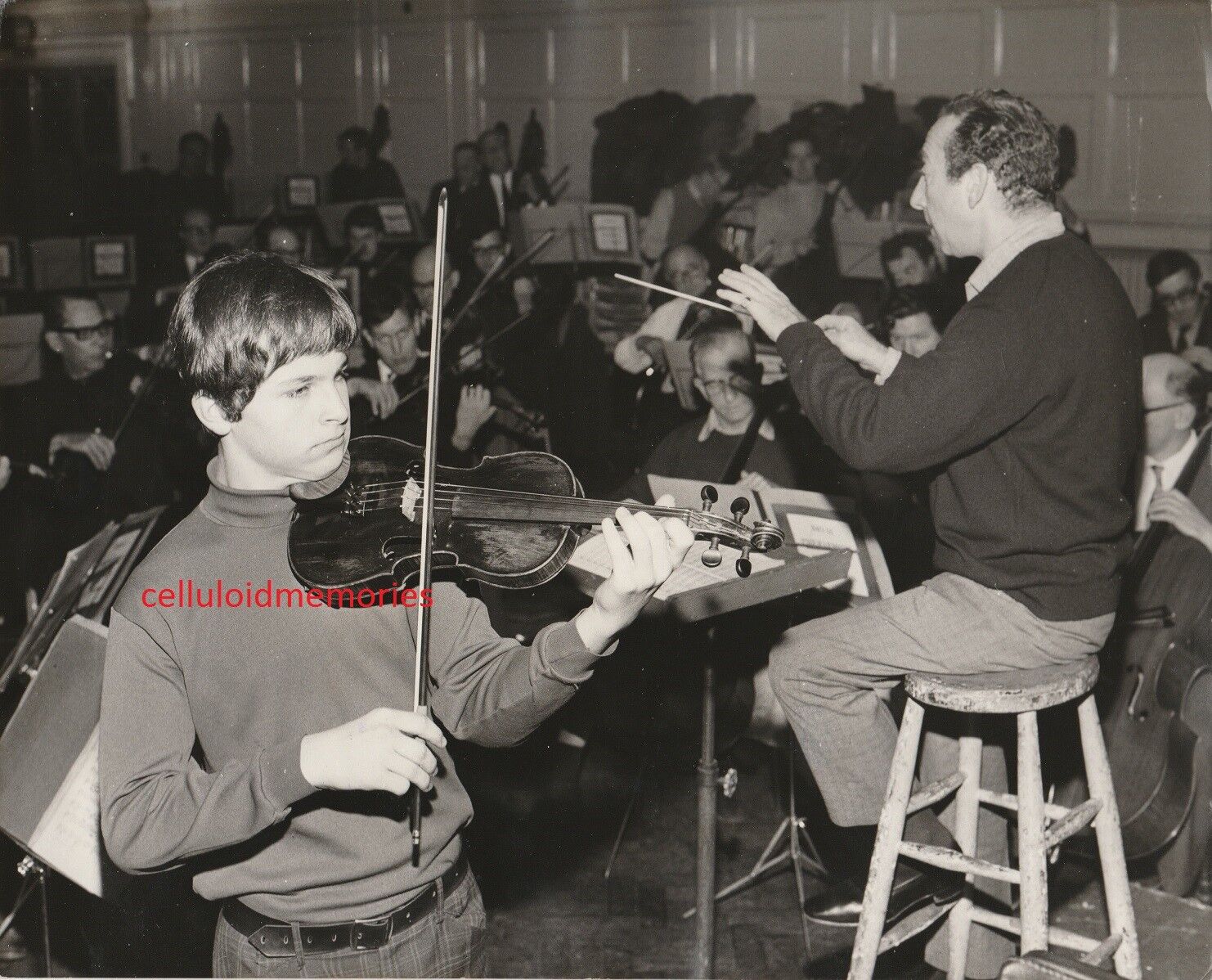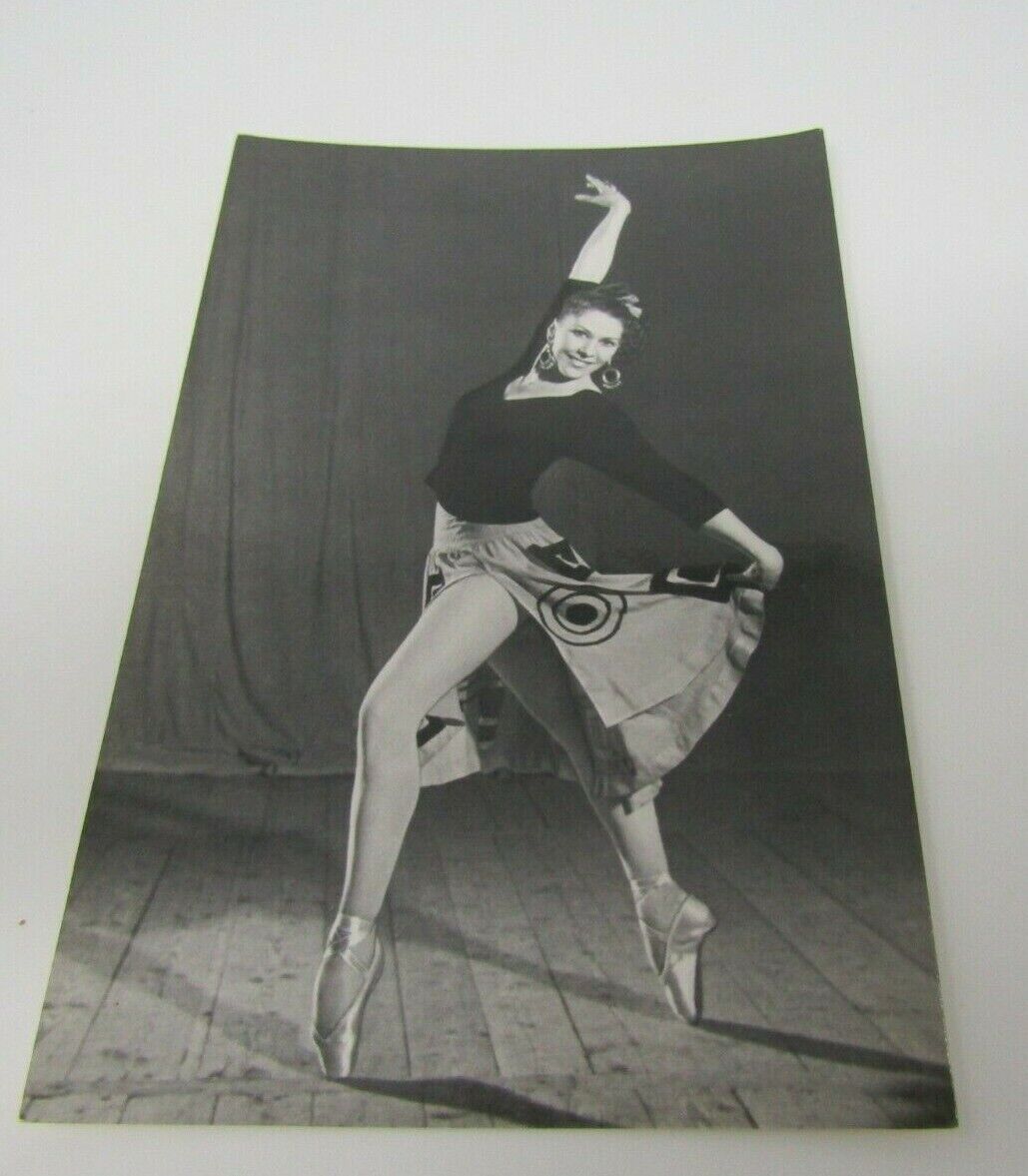-40%
*19TH CENTURY OPERA SOPRANO LILLIAN NORDICA LARGE PERSONAL COLOR CABINET PHOTO*
$ 52.79
- Description
- Size Guide
Description
From the personal collection of the renowned 19th and early 20th century sculptor William Ordway Partridge loaned to him by Lillian Nordica's third husband, George W. Young to carve her memorial, an extraordinary twelve and a half by nine and a half inch color copyright imperial cabinet photo of the great 19th century American opera soprano Lillian Nordica. Extensive wear with loss at corners. See Lillian Nordica and William Ordway Partridge's extraordinary biographies below.Shipping discounts for multiple purchases. Inquiries always welcome. Please visit my other eBay items for more early theatre, opera, film and historical autographs, photographs and programs and great actor and actress cabinet photos and CDV's.
From Wikipedia:
Lillian Nordica
(December 12, 1857 – May 10, 1914) was an
American
opera
singer who had a major stage career in Europe and her native country.
Nordica established herself as one of the foremost
dramatic sopranos
of the late 19th and early 20th centuries. She had a powerful yet flexible voice and the ability to perform an unusually wide range of roles in the German, French and Italian operatic repertoires.
Lillian Allen Norton was born in 1857 in a small
Cape Cod
style farmhouse built by her grandfather on a hill in
Farmington, Maine
.
Nordica as Brünnhilde, 1898
In her youth, Norton is said to have possessed an inherent fondness for music and the sounds of singing birds and running brooks. When she was eight her family moved to
Boston
,
Massachusetts
to continue the musical education of her sister Wilhelmina. Wilhelmina died before her 18th birthday. Family hopes were then pinned on Lillian, and her musical education began soon thereafter. She trained as a singer in Boston, graduating from the
New England Conservatory
in that city at the age of 18.
Career
She made her public debut at the conservatory as a soloist with the
Handel and Haydn Society
.
Convinced that she could forge a successful career as a professional performer, Norton travelled to Italy and put a final
bel canto
polish on her vocalism through study in
Milan
. "Nordica", a
stage name
, was bestowed by an Italian
maestro
at the beginning of her operatic career. He convinced her that European opera-goers would not tolerate a diva with a plain sounding, Anglo-American name. The adopted name,
Giglia Nordica
, meant "Lily of the North", but she soon became known as "Madame Nordica" or simply as "Nordica".
As Madame Nordica, she made her operatic debut at
Brescia
in 1879. She achieved a high rank among the international
prima donnas
of her era, appearing in many major musical venues in Western Europe and Russia. She sang for example at
The Royal Opera House
,
Covent Garden
, in 1887-93 and performed at the
Bayreuth Festival
in Germany in 1894 as Elsa in
Lohengrin
. In her native America she was particularly associated with the
Metropolitan Opera
in New York, where her frequent stage partner was the cultured Polish tenor
Jean de Reszke
. She sang at the Met from 1891 until 1910, with some breaks in between.
Nordica's birthplace c. 1908
By all accounts Nordica possessed an extremely big, agile and pure-toned soprano voice which she was prepared to use unstintingly. (See, for instance, Michael Scott,
The Record of Singing
, Volume One, pp. 38–40.) An adventurous artist, she embraced an enormously varied repertoire which included, among many other works,
Aida
, Wagner's
Ring Cycle
(as Brünnhilde),
Tristan und Isolde
,
Lohengrin
,
La traviata
,
Il trovatore
,
La Gioconda
,
Faust
,
Les Huguenots
,
Mignon
and
Le nozze di Figaro
. She established her worldwide reputation as an opera singer of the first magnitude despite facing powerful competition during her career from a number of other outstanding dramatic sopranos. Her main rivals included
Lilli Lehmann
,
Rosa Sucher
,
Katharina Klafsky
,
Milka Ternina
,
Therese Malten
,
Johanna Gadski
,
Félia Litvinne
,
Olive Fremstad
,
Anna von Mildenburg
and
Emmy Destinn
.
Nordica advertises
Coca-Cola
in 1904; placard at
Biedenharn Museum and Gardens
in
Monroe, Louisiana
.
She wrote a treatise called
Hints to Singers
. A copy is appended to her
Yankee Diva
biography.
[1]
By 1913, Nordica's voice and health were in decline. This did not prevent her from embarking misguidedly on a strenuous tour to Australia.
[2]
She nearly missed the ship leaving Sydney on her return, but wired the captain asking him to wait for her. It would prove to be a fatal mistake. The
Tasman
hit a
coral reef
, where it remained for three days, and Nordica suffered
hypothermia
(exposure) from which she never recovered. She was taken to
Thursday Island, Queensland
, where she was hospitalised for some time. There she befriended a small American boy who was taken ill while on a different vessel passing through
Torres Strait
. After his death, Nordica installed a gravestone in the local cemetery in his memory.
[3]
She was well enough on Thursday Island to make a new will, which disinherited her husband. (The Australian poet and novelist
Thomas Shapcott
dramatised these events in his 1998 novel
Theatre of Darkness
.
[4]
) She was then transferred to Batavia in the Dutch East Indies (now
Jakarta
,
Indonesia
). She lingered for months, seeming to improve, only to fail again. She died of
Pneumonia
, on May 10, 1914, in Batavia.
Recordings
Nordica made a number of acoustic discs for
Columbia Records
. They were recorded comparatively late in her career, however, and are of a poor technical standard. Nevertheless, they do indicate her considerable range as a singer, for she is able to perform both
coloratura
showpieces (such as "Io son Titania" from
Mignon
) and dramatic Wagnerian solos (such as "
Mild und leise
" from
Tristan und Isolde
). Her best known record is probably that of a demanding aria from the Hungarian opera
Hunyadi Laszlo
by
Ferenc Erkel
, which she cut in 1907. Nordica can be also heard briefly in some of the
Mapleson Cylinders
that were recorded during actual performances at the Metropolitan Opera House during the first few years of the 20th century. The sound of these cylinders is primitive but the impressive size of Nordica's voice can be better appreciated as it rings out in a theatre acoustic. A CD of her gramophone and cylinder recordings was released by Marston Records in 2003, complete with extensive liner notes dealing with Nordica's voice and career (see below).
Folklore
At the
University of Maine at Farmington
, it is said that Lillian's ghost roams the auditorium that was given to the university in her name.
Personal life and legacy
Nordica's successful operatic career contrasted with her disastrous personal life. Nordica wed three times.
[1]
Portrait of Lillian Nordica
executed by
Hermann Schmiechen
in 1878. Oil on panel, 61 x 40 in. Presently in the collection of the [
http://nordica.mainememory.net/page/2998/display.html
Nordica Memorial Association, Farmington, Maine
In 1882, she retired from the stage to marry Frederick A. Gower, whom she sued for divorce in 1885, but who disappeared at about the time of the suit, probably having been killed in a balloon accident.
[5]
Her second marriage was in 1896 to a minimally talented Hungarian tenor named Zoltán Döhme.
[6]
He took the title role in
Parsifal
at
Bayreuth
in 1894. She obtained a divorce from him in 1904.
[5]
Her third marriage was in 1909 to a wealthy
New York
banker, George W. Young,
[5]
but like the previous two unions, it proved unhappy.
[1]
Her birthplace in Farmington, Maine, is today the Nordica Memorial Homestead, a museum and historic site. Nordica Auditorium in Merrill Hall at the
University of Maine at Farmington
is named after her.
[
William Ordway Partridge
(April 11, 1861 – May 22, 1930) was an American
sculptor
whose public commissions can be found in New York City and other locations.
William Partridge was born in Paris to American parents descended from the Pilgrims in Massachusetts; his father was a representative of
A.T. Stewart
. At the end of the reign of
Napoleon III
, Partridge travelled to America to attend
Adelphi Academy
in
Brooklyn
and
Columbia University
(graduated 1883) in New York. After a year of experimentation in theatre, he went abroad to study sculpture. During a brief stint in the Paris studio of
William-Adolphe Bouguereau
, he formed a close friendship with the neo-Gothic architect
Ralph Adams Cram
on his 1887 trip.
[1]
He knew the young
Bernard Berenson
in
Florence
, where he studied in the studio of Galli, and
Rome
, in the studio of Pio Welonski (1883–1885).
[2]
His published work includes articles on
aesthetics
and several art history books including
Art For America
(1894),
The Song Life of a Sculptor
(1894), and
The Technique of Sculpture
(1895). He also wrote poems and published the verse novels
Angel of Clay
(1900) and
The Czar's Gift
(1906).
[3]
Aside from his public commissions, his work consisted mostly of portrait busts. In 1893 eleven of his works were displayed at the
World's Columbian Exposition
, Chicago, according to the official catalog of the Fine Arts Building at the fair, where he exhibited sculptures of
Alexander Hamilton
and
William Shakespeare
[4]
as well as portraits. In this same catalog Partridge was listed as living in
Milton, Massachusetts
. He maintained homes and studios in both Milton and New York. Among his studio assistants on West 38th Street in New York was
Lee Lawrie
.
Partridge went on to lecture at
Stanford University
in California, and assumed a
professorship
at Columbian University, now
George Washington University
, in Washington, D.C.
His life-size statue of the
Native American
princess
Pocahontas
was unveiled in
Jamestown, Virginia
in 1922.
Queen Elizabeth II
viewed this statue in 1957 and again on May 4, 2007, while visiting Jamestown on the 400th anniversary of the founding of the first successful English colonial settlement in America. On October 5, 1958, a replica of the
Pocahontas
statue by Partridge was dedicated as a memorial to the princess at the location of her burial in 1617 at
St. George's Church
in
Gravesend
, England. The Governor of Virginia presented the replica statue as a gift to the British people.
Partridge died in
Manhattan
, New York on May 22, 1930.
Selected works
Pocahontas
, erected in
Jamestown, Virginia
, 1922
A considerable amount of Partridge's
statuary
remains on public display in New York City and other locations:
Samuel J. Tilden
, on Riverside Drive at 113th Street.
Statue of Thomas Jefferson
(1914), in front of Journalism Hall at
Columbia University
.
Thomas Jefferson
, New-York Historical Society, 1901.
[5]
Alexander Hamilton
,
Hamilton Grange
, New York, (1892.
[6]
) This standing figure was commissioned by the Hamilton Club of Brooklyn and having been exhibited at the World's Columbian Exposition, stood in front of the Club's premises in Brooklyn Heights, 1893–1936, when it was removed to its present location.
[7]
A
1908 replica
stands in front of Hamilton Hall, Columbia University.
[8]
Edward Everett Hale
, bust, Union League Club of Chicago. (
Appleton's Cyclopaedia
)
A bust of
Dean
John Howard Van Amringe
at Columbia University.
Nathan Hale
[9]
The marble memorial plaque showing the likeness of
James Smithson
in the crypt room where Smithson's tomb is located, inside The Castle Building of the
Smithsonian Institution
, Washington, D.C., 1900. The original of this work is in
Genoa, Italy
, where Smithson died.
[10]
The Resurrection
, marble bas-relief for the
National Cathedral
, Washington, D.C., 1902.
The
marble
Pietà
at
St. Patrick's Cathedral
.
The
equestrian
statue of General
Ulysses S. Grant
, commissioned by the Union Club of Brooklyn and unveiled April 27, 1896, in Grant Square, at Bedford Avenue and Dean Street, Crown Heights,
Brooklyn
.
The bust of
Theodore Roosevelt
at the Republican Club.
The marble
Peace Head
at the
Metropolitan Museum of Art
, New York.
Anne's Tablet
, memorial to
Constance Fenimore Woolson
,
Mackinac Island
, Michigan
Pietà
,
St. Patrick's Cathedral
, New York, transept.
The
Samuel H. Kauffman Memorial
ca. 1921, Rock Creek Cemetery, Washington, D.C. A seated bronze figure on a marble exedra with bronze bas-reliefs of the
Seven Ages of Man
after Shakespeare.
[11]
The
Joseph Pulitzer
Memorial
(1913) in
Woodlawn Cemetery
, The Bronx.
[12]
Seated mourning figure.
Memory
1914. Memorial Art Gallery, Rochester, New York.
